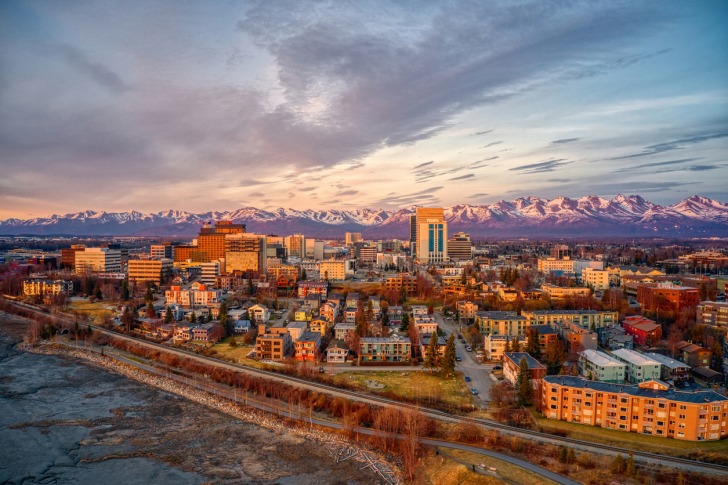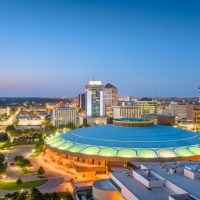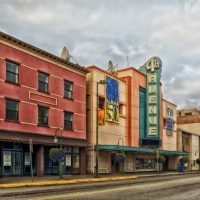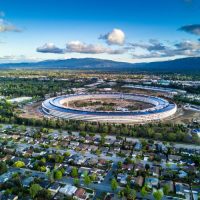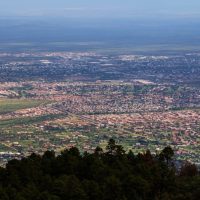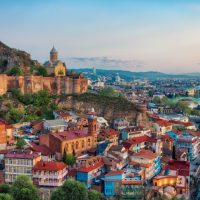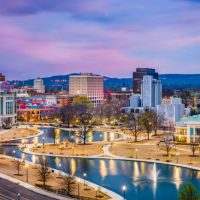Alaska is the last frontier in the frozen north.
It is known for being very cold but also known as one of the most beautiful states.
It’s a great place to visit, but living there is not so easy.
Food, and most other things, have to be imported, which makes it one of the most expensive states in the nation as far as cost of living.
Alaska is 25 percent above the national average, second only to Hawaii.
Utilities and medical care are the most expensive in the nation.
10 Cheapest Places to Live in Alaska
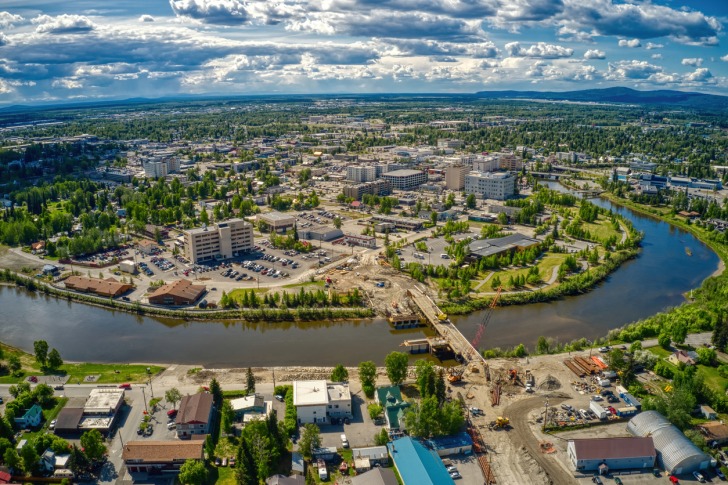
1. Fairbanks
Fairbanks is an isolated city of 32,000 people.
It is 350 miles from Anchorage and in the middle of the state.
The cost of living in Fairbanks is four percent higher than the national average, but 10 percent below the Alaskan average.
You would need an income of $52,000 for a small family.
A typical house is about at the national average, but rent is much higher.
Healthcare, groceries, and utilities are all 30 percent or more above the national average.
Those are the three most expensive items anywhere in the state, and they are lower than much of the rest of Alaska.
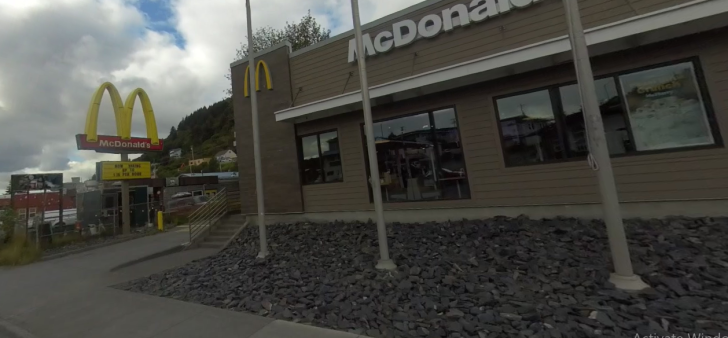
2. Kodiak
Kodiak is a town of 5,000 on the island of Kodiak, which is about 450 miles south of Anchorage.
It is one of the most isolated towns in the state, but it is on the sea and its scenery is unrivaled.
Overall, living expenses are 5.8 percent higher than the national average, and slightly below the state average.
Housing is the most expensive item.
A typical house costs $408,000, 23 percent above the national average, and 20 percent above the state average.
Rent is usually 10 percent above the state average.
An individual would need $46,000 to live comfortably, and a small family would need $78,000.
Utilities are slightly below the national average but everything else is more expensive.
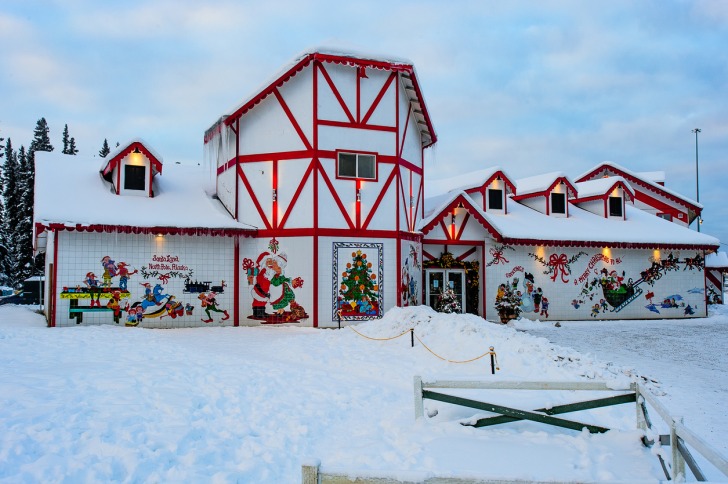
3. North Pole
North Pole is a small town less than half an hour from Fairbanks.
The small town of 2200 people has year-round Christmas decorations, and Santa Claus does have a house there.
It is a quirky place, not far from a reasonable-sized town, and it is one of the less expensive places to live in Alaska.
A single person would need $46,000 to live comfortably, which is close to the state average, and about $8,000 more than the national average.
A house is a little less than the national average, but utilities and groceries are both about 35 percent higher than the national average.
Those are still below the state average.
Healthcare is also very expensive.
A one-bedroom apartment is at about the national average, at $1,100 per month.
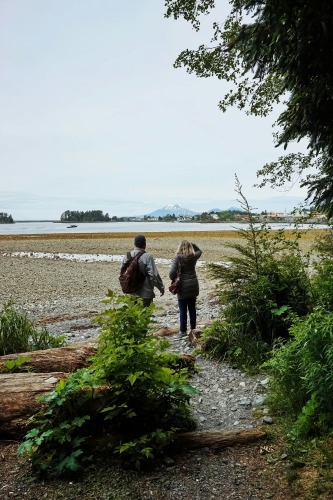
4. Sitka
Sitka is a small town on the coast, not far from the state capital of Juneau.
It doesn’t get quite as cold in this part of the state, and you can avoid the tourist growth of Juneau here.
Sitka is 19 percent higher than the national average overall, and 2.4 percent higher than the state average.
It is still a remote area even though it is on the coast.
Homes are very expensive here, 30 percent more than the national average and even higher than the state average.
Renting is more reasonable, at about 20 percent below the state average.
Utilities are only about eight percent above the national average.
Groceries are 46 percent higher than the national average and above the state average.
Healthcare is about 27 percent above the national average, but that is still well below the state average.
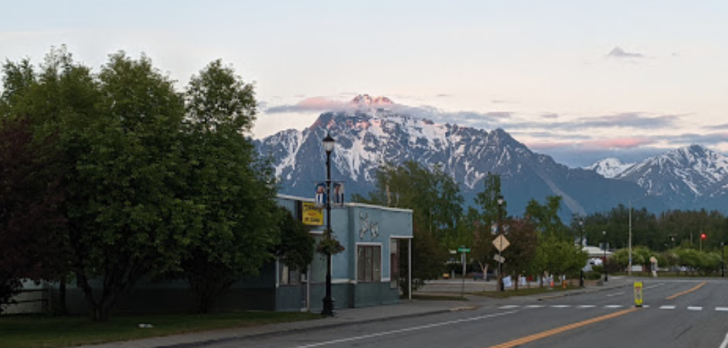
5. Palmer
Palmer is one of the less expensive towns in Alaska, and it is often rated as one of the best places to live in the state.
It is about 42 miles northeast of Anchorage in the Matanuska Valley.
It is on the water and has amazing scenery of mountains, waterways, and meadows.
The town has about 6,000 people, so you get a small-town charm along with the scenery.
Palmer is 10 percent above the national average, and about five percent below the state average.
Housing is surprisingly affordable.
Rentals are 25 percent lower than the state average, and even less than the national average.
An individual could live on $35,000, and a family would need $67.000 to live comfortably.
Groceries and utilities are 35 percent higher than the national average, but still significantly lower than the state average.
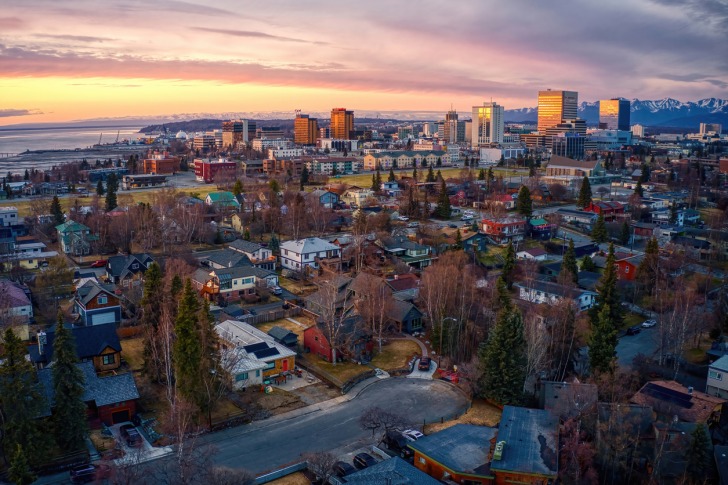
6. Anchorage
Anchorage is by far the biggest city in Alaska with about 290,000 people.
This means there should be a lot of options when it comes to living arrangements.
The cost of living is about 15 percent higher than the national average, but it’s still cheaper than New York City.
Alaska is still one of the most expensive states, and Anchorage is slightly below the state average.
A typical house will cost you $344,000, which is two percent higher than the national average.
Rent is also a little higher than the national average, but there are some cheaper places in the city.
A small family will need $65,000 to live well, and a single person would need $44,000.
Utilities are far below the state average, and lower enough for groceries, to make Anchorage reasonably priced.
Healthcare is more expensive in Alaska, and Anchorage is very close to the state average.
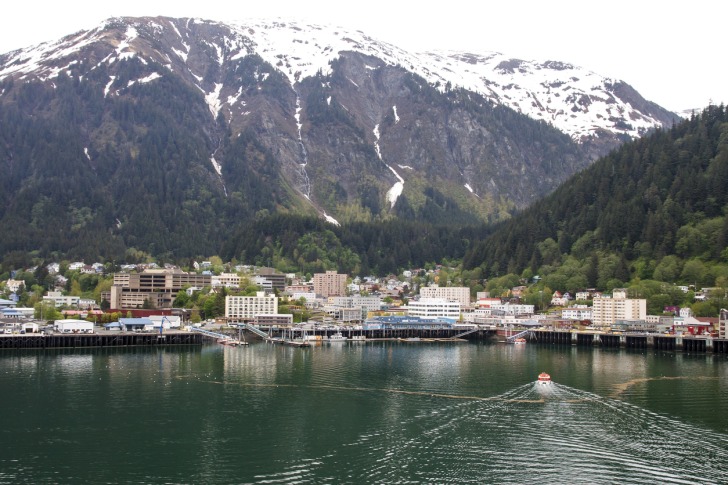
7. Juneau
Juneau is the state capital and is known for eagles and gorgeous scenery.
It is also a little touristy, which can raise prices.
The city also has a lot of millionaires, the most of any mid-sized city in America.
Juneau’s cost of living is about 13 percent above the national average, and three percent below the state average.
A typical house costs 35 percent more than it would in the lower 48 states.
A small family would need $87,000, and a single person would need $41,000 to live comfortably.
Housing and food costs are the biggest expense.
Utilities are surprisingly not as high as the national average, and almost half the state average.
Healthcare costs are higher, but very close to the state average.
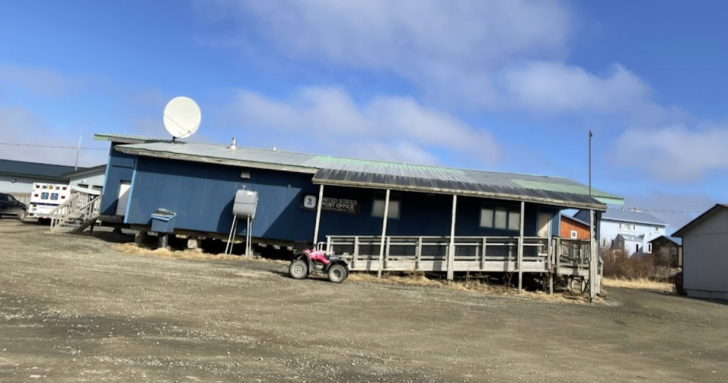
8. Mountain Village
Mountain Village is for hardy souls, but it can be inexpensive by Alaskan standards at least.
Whether it is realistic to move there is debatable.
It is 97 percent Native American and is typical of very small towns in the state.
It has 800 people and the only way to get there is by boat or small airplane.
If you did move there you would not be able to take much. It is on the Yukon River in the western part of the state, and extremely remote.
You need money too, because jobs are almost non-existent.
Even so, you could live there for $16,000 for an individual and $25,000 for a small family.
Housing is far below the national average, but groceries are very expensive.
If there is one available, you could buy a nice house for $85,000.
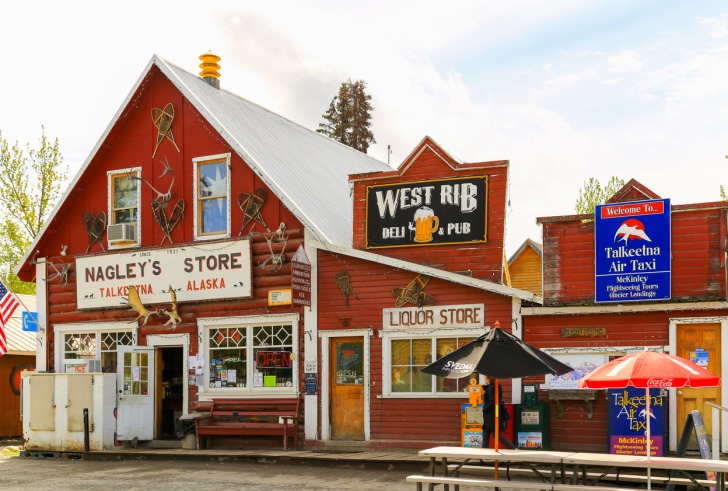
9. Talkeetna
Talkeetna, population 1100, might be a more reasonable remote small town to move to.
It is about halfway between Anchorage and Denali National Park.
It gets a lot of tourists even in winter, and that could be a source of jobs.
The Alaskan Railroad goes through town, and it has a highway to Anchorage.
Talkeetna is 11 percent more expensive than the national average, and five percent below the state average.
A typical house costs $206,000, which is 40 percent below the national average.
You would need about $38,000 to live there comfortably.
Groceries and utilities are expensive, 30-35 percent higher than the national average, but still below the state average.
There are more rental properties here than in most Alaskan small towns.
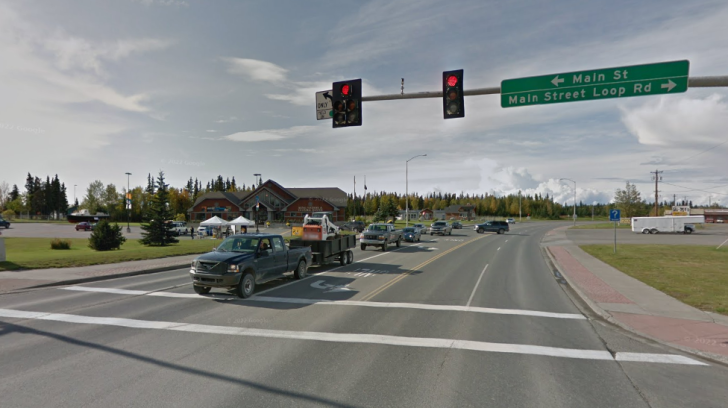
10. Kenai
Kenai is a small coastal town about 100 miles from Anchorage.
You can get there by car from Anchorage, but it is much easier by plane or boat. Kenai has about 8,000 people.
Kenai is only about two percent more expensive than the United States average, and 13 percent below the state average.
Housing is 13 percent less than the national average, and even lower than the state average.
A small family will need $56,000 to live there.
Utilities are only slightly higher than the national average.
Groceries and health care are much more expensive than the national average, but still below the state average.
Alaska Safety Overview
READ THE FULL REPORT: Alaska Safety Review
Safety Index: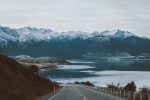
- OVERALL RISK: MEDIUM
- TRANSPORT & TAXIS RISK: LOW
- PICKPOCKETS RISK: LOW
- NATURAL DISASTERS RISK: MEDIUM
- MUGGING RISK: HIGH
- TERRORISM RISK: LOW
- SCAMS RISK: MEDIUM
- WOMEN TRAVELERS RISK: LOW
Frequently Asked Questions
How big are the cities in Alaska?
Anchorage is the largest city with 290,000 people.
That is nearly 10 times the size of the next largest city, which is Fairbanks at 33,000.
Fairbanks and Juneau are the only cities with 30,000 or more.
There are only seven cities in the state with more than 10,000 people.
There are a few hundred towns with 1,000 or fewer people.
Why are things more costly in Alaska?
Winters are very cold and long, so heating a home will cost a lot. Utilities are often as much as 30 percent higher than they are in the lower 48 states.
There is a very short growing season, so not many crops are grown.
There is usually plenty of fish available, but most food has to be imported, making it more expensive.
Why are there so many planes and pilots in Alaska?
Much of Alaska is still remote and hard to get to.
Because of the frozen earth, some areas have no roads.
Food and other essentials are often delivered to remote towns by airplane.
It is also a favorite way for people who live there to get around, and many very small towns have small landing strips.
How many airplanes and pilots are in Alaska?
There are 8700 registered aircraft in Alaska, which is three percent of all aircraft in the United States.
There are about 11,000 licensed pilots, which means one of every 78 people in Alaska knows how to fly a small plane.
Alaska has 12 airplanes per 1,000 people, which is fifth nationally.
